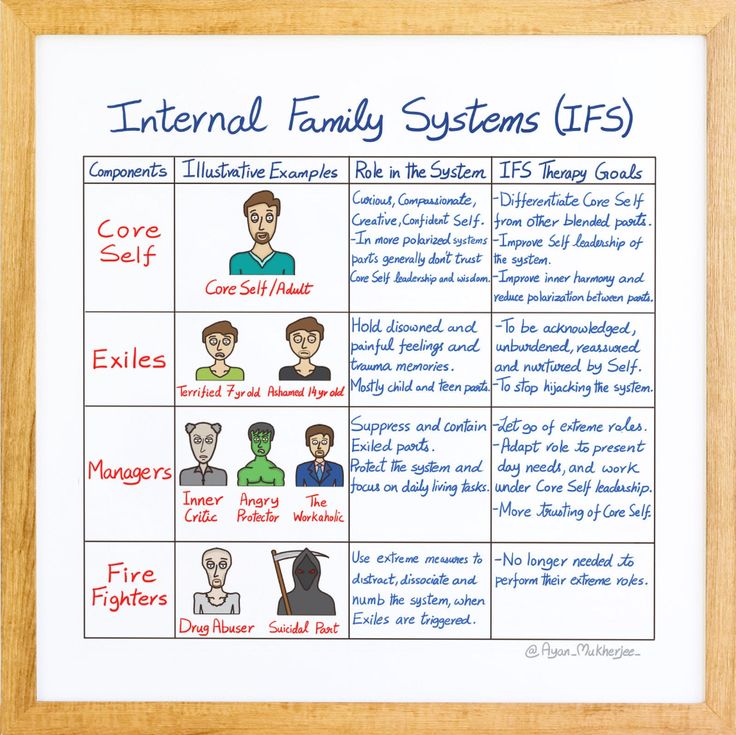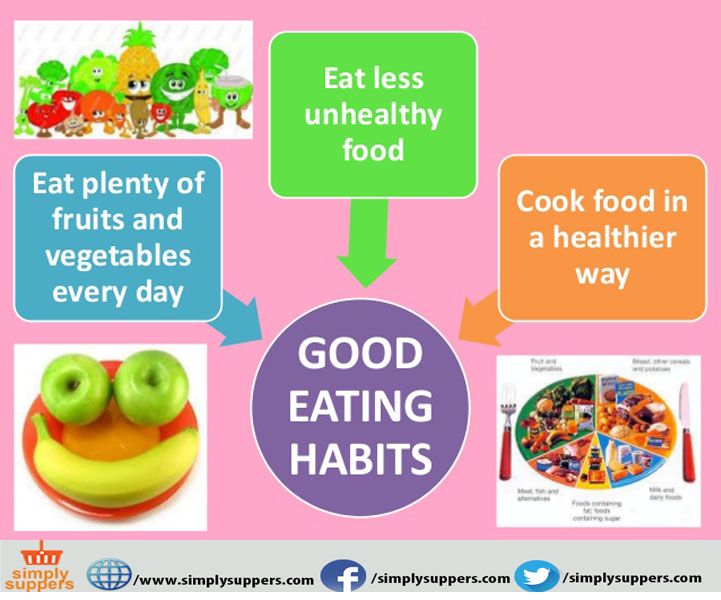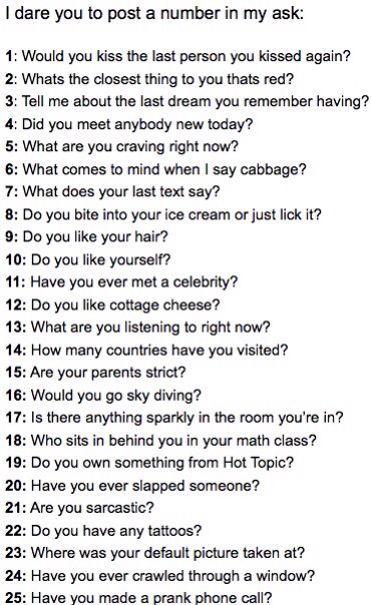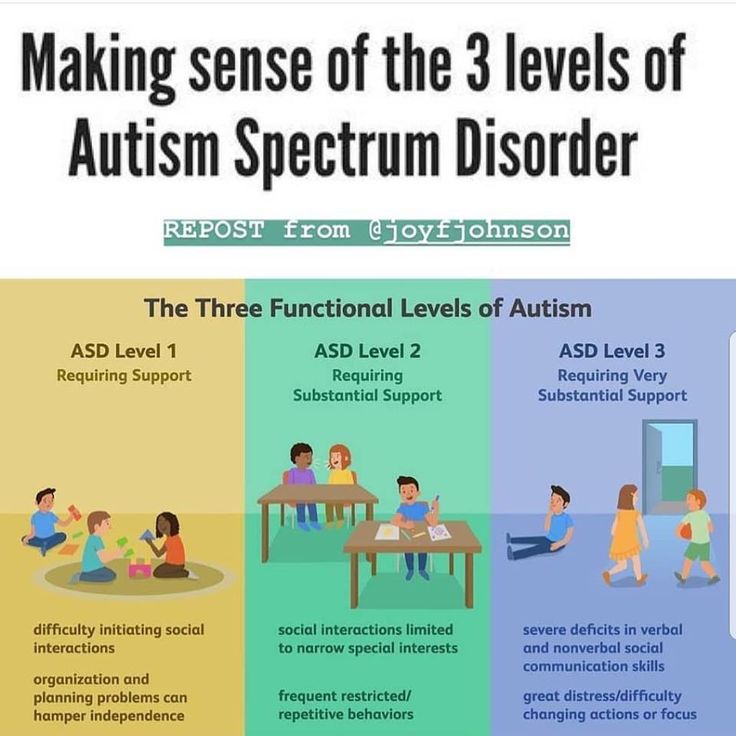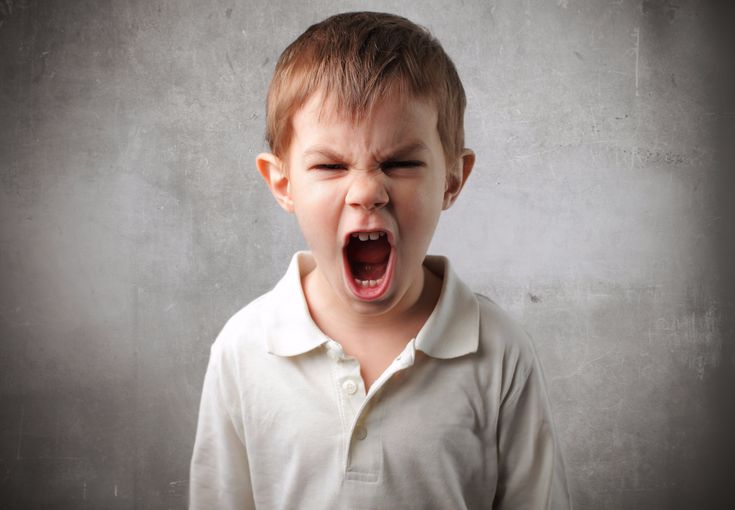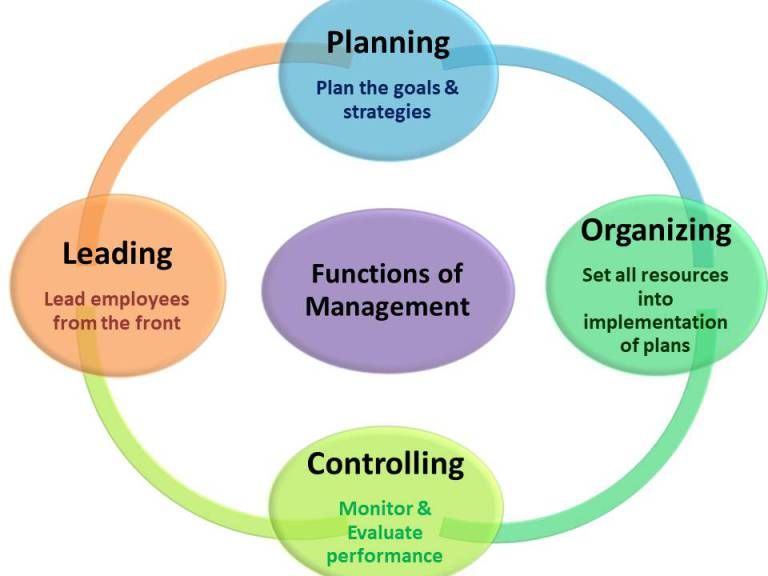Closed family systems
Your Family System — Open or Closed?
Sitting in the living room with Jessie and her family, I felt almost enclosed in a box.
This was a troubled family. The air was stifling, and no one smiled. Jessie and her brother barely spoke to their parents. Secretly, they both used drugs and alcohol. Jessie was rebellious; her brother was depressed.
As we talked, Jessie looked angry and sullen. She was uncooperative and spoke only when her parents asked her a question. Prior to my visit to her home, she had been very open with me, sharing her interests and her hopes, as well as her thoughts about her family.
Jessie thought her parents were critical, closed-minded, and demanding.
After spending a couple of hours with them, I agreed. There was no joy, friendship, or mutual respect in this family. No sense of delight in being with one another — only the expectation that both Jessie and her brother fall in line with the family schedule and march to the tune of their parents’ daily routine.
It appeared that both parents were scared to death of their growing and maturing children and didn’t know how to deal with the changes. So they simply closed themselves off to reality and tried to keep things the same.
I soon realized that Jessie’s family was a dramatic example of a closed family system. It required conformity. It tried to keep the outside world out. It didn’t allow for growth and development, and it didn’t welcome outside influences.
SUGGESTED:
A Workaholic’s Secret to a Happy MarriageNo Dreams, Only Rules
The basic difference between a closed system and an open system is how it reacts to change.
A closed system tries to remain static. It’s rigid and follows the same rules even though they are no longer appropriate. There is no flow of information, so people don’t share thoughts, interests, or dreams. Thus, no new ideas come into the system to keep it fresh and vibrant.
It’s like living in a house with all the windows and doors boarded up. It’s stifling inside. People can’t flourish — they can only exist because the family culture doesn’t support the natural changes that occur as kids grow older and mature into the people they are intended to be.
In the end, a closed system fails because change is inevitable. A family that doesn’t accept it will eventually collapse.
Because Jessie’s family couldn’t adjust to the normal changes that happen in families, both children felt trapped.
The result was that Jessie got pregnant, the only way she could think of to escape from the suffocation of her family. Her depressed brother tried to commit suicide a few months later, which he felt was his only solution for getting out.
Looking for Opportunities
In contrast, an open family system looks for opportunities to meet each new reality that comes along and to make changes to accommodate them.
Healthy families dream together about what they want to create in the future.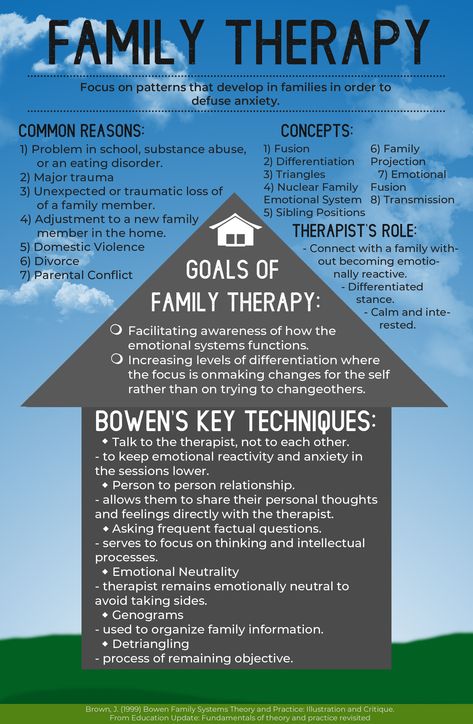 They talk about plans for individual family members and for the family as a whole. They strategize about how they will meet their goals and they look to the future with open arms.
They talk about plans for individual family members and for the family as a whole. They strategize about how they will meet their goals and they look to the future with open arms.
But not all change is positive and not everything that happens in a family is for the best.
Let’s say that your teenager announces she doesn’t want to go to college even though you have expected her to study medicine. Or that your twenty-something decides to quit his job and become an artist. What if your 30-year-old announces she is getting divorced because she has fallen in love with another man? Or your oldest son has become an alcoholic?
These are changes in your family that you may not have expected or wanted. Yet an open and healthy family is one that has developed the skills to face challenges head on rather than one that looks away and hopes the problems will disappear.
It’s a family that is ready for the unexpected. You engage in the tough conversations — no matter what they are — relying on the trust you’ve built with one another and the communication skills you’ve developed together.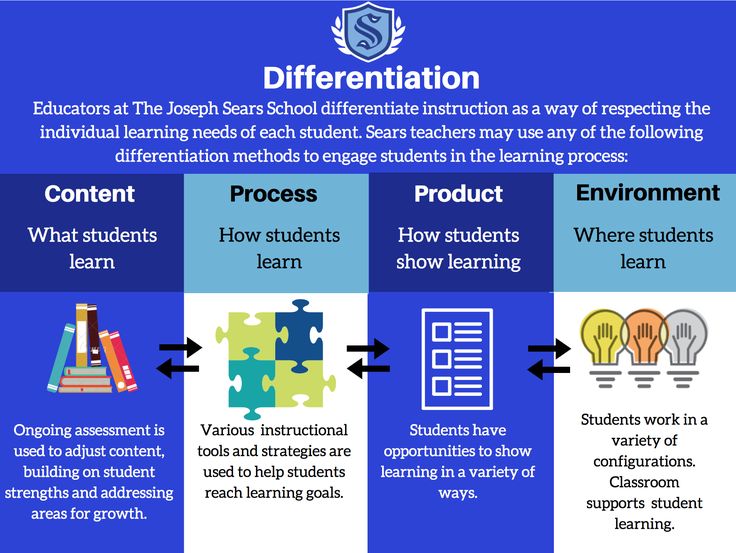
As an open family, there are no barriers between you because you work through conflicts as they come up. You see each other with caring and forgiving eyes instead of judgmental and critical eyes. There are no secrets between you because you maintain a constant flow of information among your family members.
Most importantly, open families do not view differences as a threat.
SUGGESTED:
#1 Factor in Building a Successful FamilyHere are five characteristics of an open family:
1. People Are Celebrated
A few years ago, Sherri confided in me that her daughter had just told her she was a lesbian. It was difficult for her and her husband at first. They hadn’t been expecting that news.
But they took a deep breath and said, “Okay, this is our new reality. We’re going to embrace it.” A couple of years later, their daughter and her partner married. At the wedding, Sherri lifted her glass of champagne, toasted her brand-new daughter, and welcomed her into the family.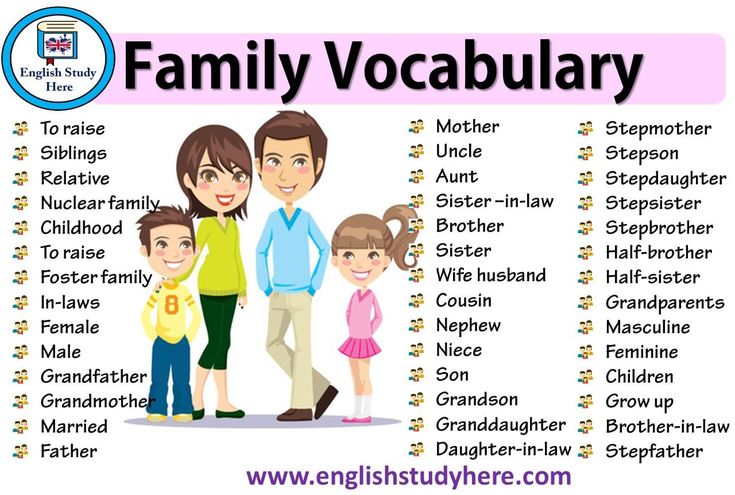 They celebrated the two young women for who they really were.
They celebrated the two young women for who they really were.
In contrast, the other set of parents wouldn’t talk to their daughter and only begrudgingly attended the wedding.
They never invited the newly married couple to their home and didn’t visit when they had a child. They allowed their prejudices and their inability to accept their daughter to separate them from her and her new family.
2. Relationships Are Nurtured
In a healthy family system, relationships are strong. Open families welcome spouses into the nuclear family and make them feel valued and important. They know it is essential to incorporate new members into their culture and to give them time to assimilate their ways.
In my own family, my older brother was the first to marry. My parents had a difficult time opening up our exclusive little family of six to his new wife. Sadly, they always considered her an outsider. It was painful for her and uncomfortable for the rest of us. And it robbed us of the closeness we could have had with her.
And it robbed us of the closeness we could have had with her.
I doubt that my sister-in-law could tell you what my parents ever said or did that made her feel like an outsider — perhaps slightly inferior to the rest of us. But I’ll bet that she remembers how it felt. Those feelings of being demeaned, belittled, excluded, or judged linger on long after the events that caused them have faded.
There is no such thing as a family that doesn’t change over time. When new members are treated with equality and dignity, the entire family benefits. Nurturing these new relationships in a positive and loving way is a hallmark of an open family.
3. Communication Flows
Last year, I was consulting with a family in which the pattern was to collude — to create triangles among members of the family. Their habit was to gossip about one another or to put down one family member in front of another. These triangles would set two people against a third.
Triangles are destructive because no one ever speaks directly to the person with whom they have the problem.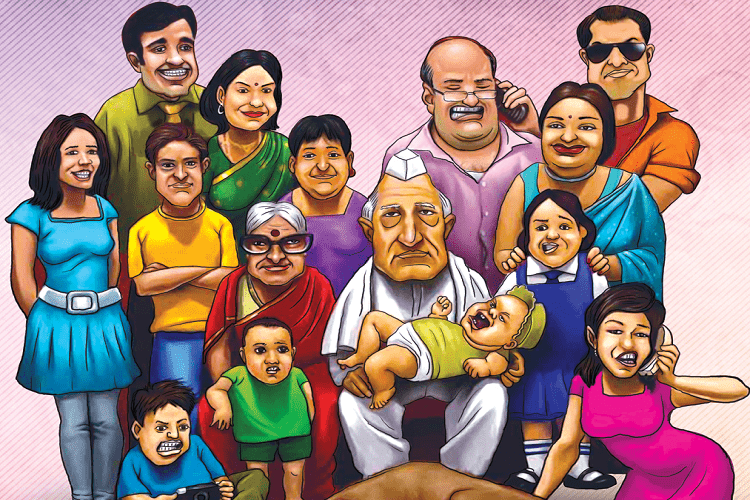 They only whine, complain, and criticize to a third person.
They only whine, complain, and criticize to a third person.
Nothing gets solved this way. Instead, it erodes trust and creates a secretive and distrustful environment. We worked very hard in this family to dissolve those triangles and allow the communication to be direct, clear, and honest. They made a commitment to stop the gossip.
They promised one another they would not talk behind each other’s backs. And we practiced communication skills because they had not learned how to talk about their problems in a constructive way.
The result? This family learned to express their feelings honestly but in a nonjudgmental way. They learned to listen to one another without being defensive, to discuss issues rationally, and to find resolutions. Today they are a happier, more harmonious family.
4. Rules Can Be Changed
In a family I’m consulting with now, there are unwritten rules about holidays. Even though the siblings are married with in-law families, they’re expected to be at the home of their parents at every major holiday — with spouses and grandchildren in tow.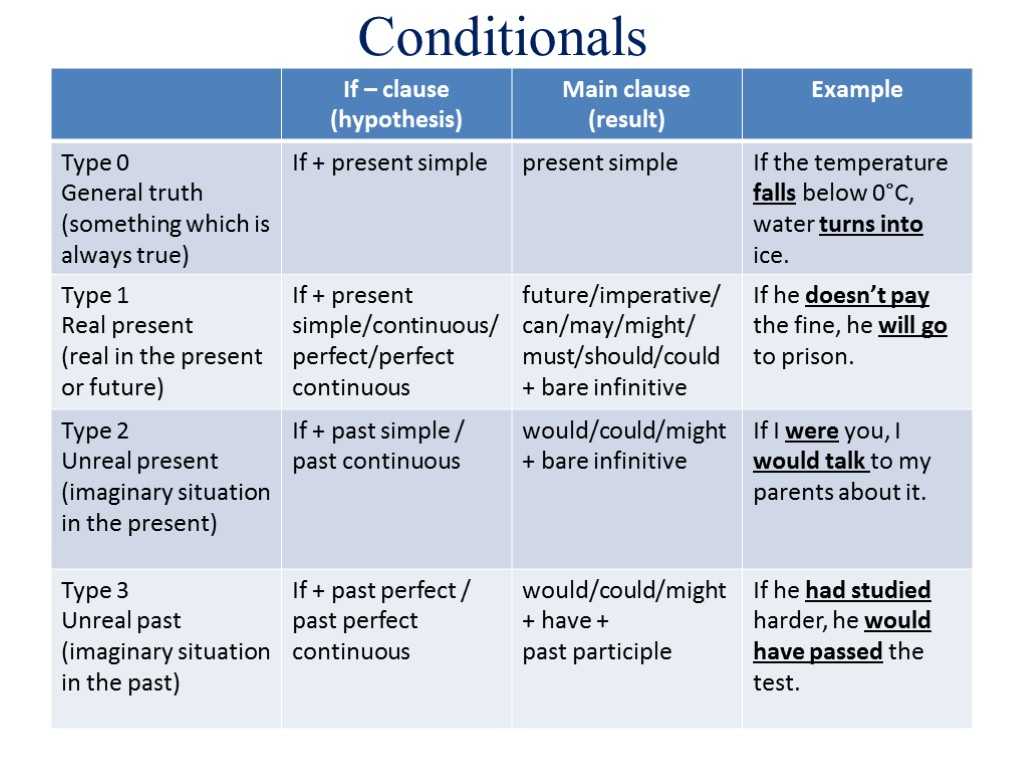 The rituals are set in stone. The food is elaborate. The decorations are perfect.
The rituals are set in stone. The food is elaborate. The decorations are perfect.
The adult children don’t have time or energy for this anymore. The times have changed, but the rules have not.
The result is that holidays have become drudgery for the siblings and their families. Most family rules are not written down, but everyone knows what they are. And they know they are not subject to discussion. When a system is static and fixed, it prevents families from evolving, and it becomes destructive to personal growth.
In an open system, there is freedom to discuss rules, keeping the ones that are appropriate to the family’s needs and changing the ones that are not. Families that are flexible are much more likely to succeed over time.
5. Change Is Embraced
In Jessie’s family, the idea of change was frightening. Both Jessie and her older brother were becoming adults, but their parents were unable to go with the flow of natural maturation. They were frozen in place, not wanting to acknowledge how things were.
Jessie’s pregnancy threw them into chaos. They kicked her out of the house, not even willing to talk with her about her options. Fortunately, she found a foster home until she was old enough to be on her own.
Sandy experienced a similar situation when her teenage daughter announced she had gotten pregnant by a guy she had met on a European trip that summer. Unlike Jessie’s parents, Sandy opened her arms to her daughter, talked with her about her options, and supported her fully in the decision she made.
Both families had to cope with an unexpected change. Only one family faced the change in a healthy way. By embracing the concept of change and understanding that changes will come into your family — whether you want them to or not — you will be better prepared to deal with them in a way that brings your family together instead of tearing it apart.
Become a Family That Flourishes
Closed families circle their wagons and try to maintain the status quo. They consider life risky and dangerous.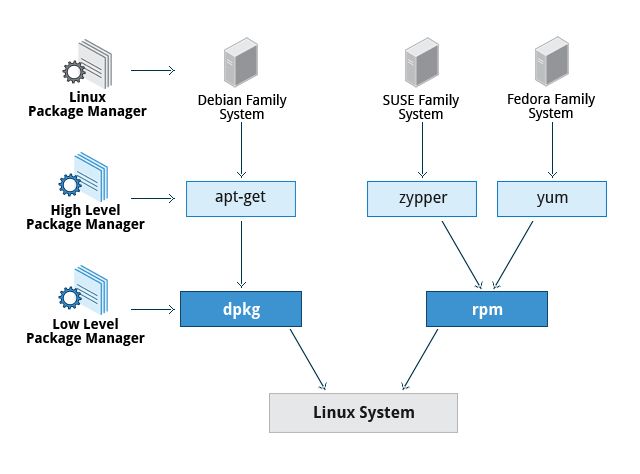
Healthy, open families are growth-oriented, creative, and hopeful for the future. They view life as an adventure. They realize that each new person they add will shift the dynamic of their family. They look forward to the new perspectives of incoming spouses and the enrichment of a growing family.
They embrace new relationships, new ways of thinking, and new challenges in the future.
Here are some tips for developing a more open family system.
1. Adopt an attitude of acceptance. Teach everyone in your family that differences are not a threat, but an opportunity for increased tolerance, understanding, and wisdom.
2. Take time to get to know every member of your family more intimately — including spouses and grandchildren. Learn about their interests, talents, ideas, and dreams. Let them know that you value them just the way they are, even though they may be different from you.
3. Spend time building relationships among family members.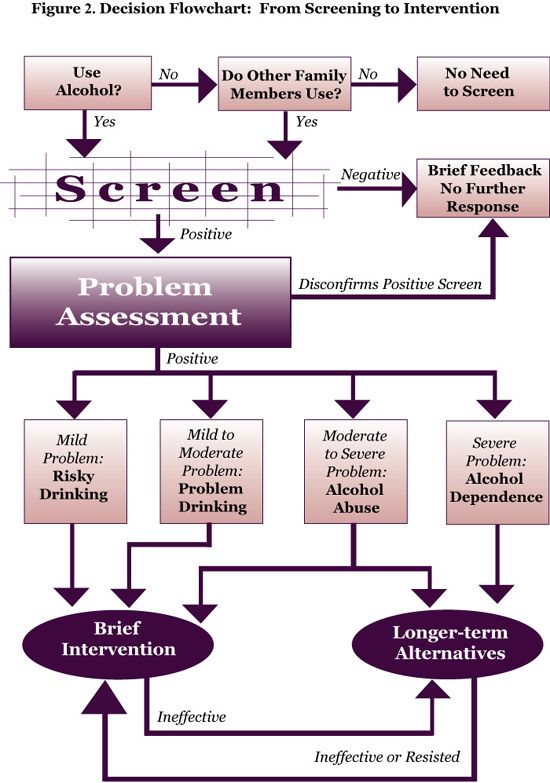 Plan activities that put different generations together and make extended family members feel as important as nuclear family members.
Plan activities that put different generations together and make extended family members feel as important as nuclear family members.
4. Don’t gossip about other family members. Encourage each person to speak directly to the person with whom they have an unresolved issue, and don’t allow two people to take sides against a third.
5. Be flexible in changing old traditions, rituals, and rules that have become outdated. Listen to the input of younger generations and create new rules that fit more appropriately with the needs and desires of your family.
6. Embrace change. It’s inevitable. Learn to go with the flow and enjoy the ride! Fear permeates the environment of a closed system. But an open system operates on a foundation of closeness, growth, and the ability to choose. These are gifts that will allow you and every member of your family to prosper, both individually and collectively.
Editor’s note: This article was originally published on October 9, and was among our readers’ favorite family-themed essays this year.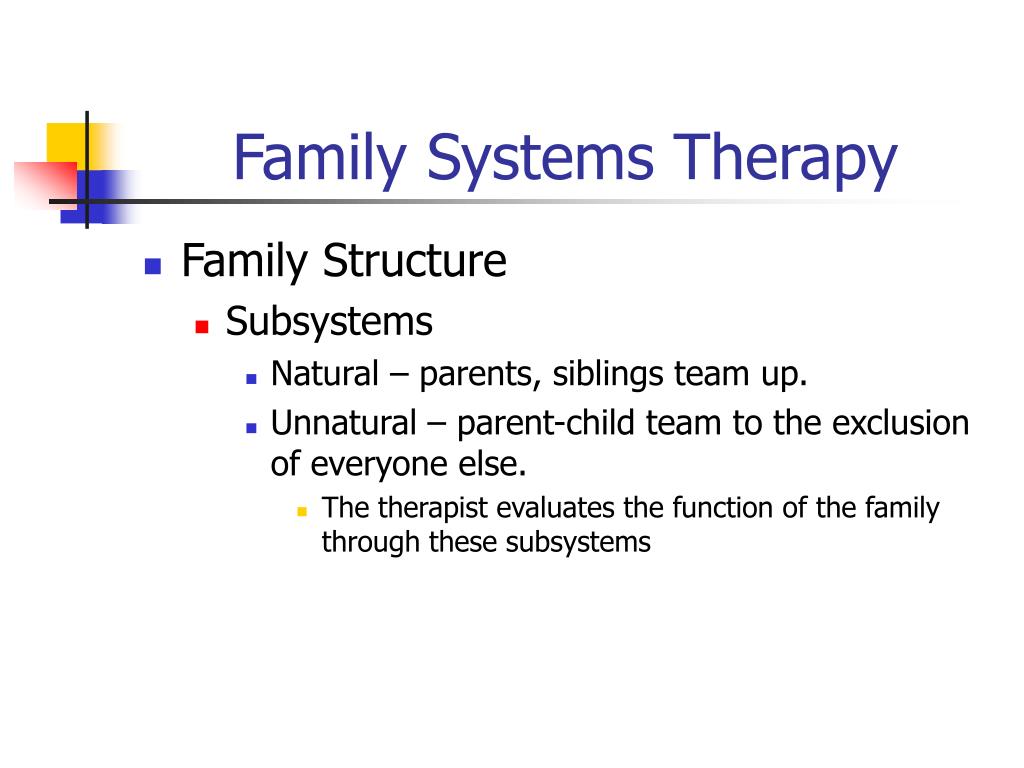 We hope you’ll enjoy it as you reflect on your own family
We hope you’ll enjoy it as you reflect on your own family
Dr. Joanne Stern
Dr. Joanne Stern is the author of the acclaimed book, “Parenting Is a Contact Sport: 8 Ways to Stay Connected to Your Kids for Life,” and is a highly sought after international speaker who has appeared on many popular TV and radio shows. Dr. Stern is also a Family Relationships Strategic Partner with Bonner & Partners Family Office. If you would like to read more about Dr. Joanne Stern click here “
3 Family Styles: Which Best Describes Yours?
Source: sathyathri/pixabay
My favorite book about families and their dynamics is David Kantor and William Lehr’s Inside the Family: Toward a Theory of Family Process. They propose viewing families through a single lens, that of implicit purpose or guiding value. Broad in scope, the theory shines light on the pursuit and consequences of each of three different styles of expressing core attitudes towards intimacy.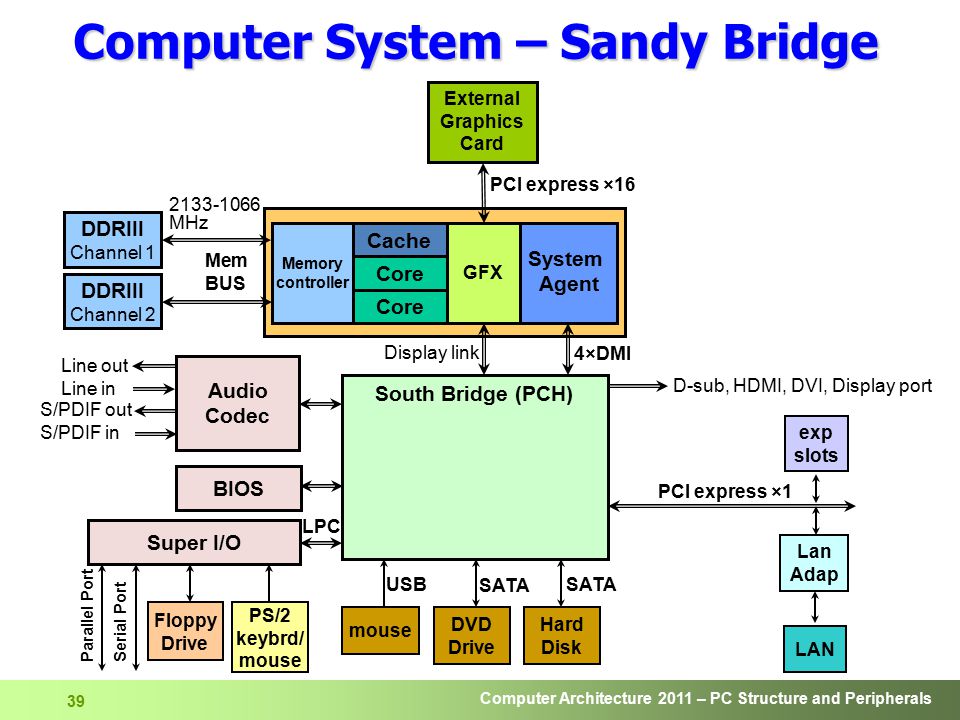
Kanter and Lehr labeled the three family styles “Closed”, “Open”, and “Random”, based on their “distance regulation” preferences. The following thumbnail sketches, elaborated with much more detail in the book itself and in the article (see reference below) that I authored with Sandra Scarr, summarize the three styles.
- Closed family. Alicia and Warren, their children, and Alicia’s mother live in a traditional home with period furniture, doors that allow rooms to be closed off, and spaces that define activities and their participants. Their core value is “stability through tradition”, bringing along with it a reverence for authority, for discipline, and for preparation to fulfill roles that are predefined as acceptable or worthy. Relationships are marked by honesty and commitment, with prescribed rituals when a person joins or leaves the family, whether by birth, adoption, marriage or death. (Divorce is very unusual.) A world-view defined by certainty and clarity concerning agreed-upon goals provides indisputable meaning.
 Rules, schedules, and specific locations for designated activities are in place to support the goals and a steady pace is expected in their pursuit. History and rituals, often those that have been repeated since the parents themselves were children or perhaps across generations, define priorities for how time may be used, and genetic, cultural, and religious identifications help determine who can be considered “in” and who must be seen as “out”. Visible achievement in the world — observed through the acquisition of money or its symbols, or grades or trophies or other awards reflecting public recognition — is prized and activities in its pursuit are prioritized. Expectations or “standards” abound and life within home and community is orderly. Schedules are determined and followed. Senior members of the family call the shots. Play dates and social plans are organized, often made well into the future. Memories are preserved and showcased, frequently in photos that artfully decorate the tidy home.
Rules, schedules, and specific locations for designated activities are in place to support the goals and a steady pace is expected in their pursuit. History and rituals, often those that have been repeated since the parents themselves were children or perhaps across generations, define priorities for how time may be used, and genetic, cultural, and religious identifications help determine who can be considered “in” and who must be seen as “out”. Visible achievement in the world — observed through the acquisition of money or its symbols, or grades or trophies or other awards reflecting public recognition — is prized and activities in its pursuit are prioritized. Expectations or “standards” abound and life within home and community is orderly. Schedules are determined and followed. Senior members of the family call the shots. Play dates and social plans are organized, often made well into the future. Memories are preserved and showcased, frequently in photos that artfully decorate the tidy home. Participation in defined holidays and specific community groups or events is required.
Participation in defined holidays and specific community groups or events is required. - Open Family. Illustrating the second style, Calvin and Lucinda prize emotional connections, the formation of relationships between people, and intimacy above all. Their home and their use of time and energy are likely to be highly flexible — rooms serving multiple purposes, schedules altered with ease, a high tolerance for shifts in passions for both activities and people. Friends and neighbors flow in and out with ease; casual and spontaneous gatherings are common. An extra person or two at the dinner table — or making or bringing or creating dinner — is common. Emotional intelligence runs high and sensitivity and responsiveness to one another are the glue that holds the family members together, the key to the consensus that allows the group to adapt to changing conditions both within its members and in their environment. Cooperation is valued and conflicts are meant to be resolved through respect for and responsiveness to the disrupting individuals.
 Personal differences are treated with respect, even embraced, as they contribute to the greater whole. Members applaud their own and each other’s integrity, balancing personal authenticity with a group “identity”.
Personal differences are treated with respect, even embraced, as they contribute to the greater whole. Members applaud their own and each other’s integrity, balancing personal authenticity with a group “identity”. - Random family. Julia and Marie have created a random family style: needs of and support for
Source: Greyerbaby/Pixabay
individuals is paramount, even when at the expense of group cohesion. Their core purpose is for members to practice “exploration through intuition”, behaviors that yield creativity. They are comfortable alternating periods of intense closeness with those of serious distance, whether emotionally or in terms of space and shared activities or interests. This family is comfortable with the many moving parts that are required if the individuals are to have the freedom to maximize their personal potentials. Space where members spend their time extends beyond the walls of a particular dwelling to wherever people may wind up in pursuit of their impulses or passions.
 They may pop in and out of the home as their non-family interests permit, and all are comfortable with spontaneity in organization, plans, investments of time and energy. The power to make decisions moves easily among various members as the nature of the issue changes, just as closeness between any two people shifts with their individual priorities. The sense of identity as a “group” resides in their ability to pursue the extreme, the adventurous, the whimsical. They embrace the diversity the members bring to the group. People within this family have a great deal of individuality, differing from one another with individual differences being respected, encouraged, and applauded. The group can be sacrificed for individuals as personal needs are honored above those of the larger entity, allowing everyone to understand and be comfortable with having people missing at the holiday table because they are pursuing opportunities that take them elsewhere. Autonomy is prized and periods of intense togetherness alternate with those of distance.
They may pop in and out of the home as their non-family interests permit, and all are comfortable with spontaneity in organization, plans, investments of time and energy. The power to make decisions moves easily among various members as the nature of the issue changes, just as closeness between any two people shifts with their individual priorities. The sense of identity as a “group” resides in their ability to pursue the extreme, the adventurous, the whimsical. They embrace the diversity the members bring to the group. People within this family have a great deal of individuality, differing from one another with individual differences being respected, encouraged, and applauded. The group can be sacrificed for individuals as personal needs are honored above those of the larger entity, allowing everyone to understand and be comfortable with having people missing at the holiday table because they are pursuing opportunities that take them elsewhere. Autonomy is prized and periods of intense togetherness alternate with those of distance.Schedules can change with peoples’ needs; coordination becomes a challenge and an art. Separations demanded by work or personal development opportunities often take members to distant locations, and contact may be sporadic and spontaneous.
Source: Greyerbaby/Pixabay
What does this mean for you?
- First, understand that these portraits are extreme. Most families are blends and find ways to balance the needs for external rewards, relational closeness, and personal growth.
- A family’s style can change, especially as the composition of the family shifts or as children grow. When a new member joins, he or she brings a whole history of style with them as well as newly extended family members who have shared that style. One’s family of origin can accommodate to the shift better or with more difficulty than another, depending on the similarity of the newcomer’s style to that of the receiving family and also the flexibility of the families.
- The style that best benefits family members can ideally shift organically from closed to open to random as children grow. Small children respond best to structure and clear authority. Older ones thrive on emotional support and belonging to a community, with membership in the proverbial “village” it takes to raise a child. Adolescents and adults, with an increasing need to do what Murray Bowen called “individuate” from the family of origin, may do best when they have the freedom to alternate periods of intense closeness with those of separation. A random style may best benefit both the children who grow up and leave the nest and the parents who are left behind.
- All members of a family may not thrive with the same style. I am a fan of considering temperament when looking at individual differences and relationships. Temperaments are fairly unique, and a family style ideally suited to one member may not be equally beneficial to all.
- When children leave home and form their own families, they get to select how and with whom they want to live.
 Rather than expecting a repetition of the style that their parents provided, hopefully those who raised them will be grateful that their progeny have the courage and tools to make their own way in their inevitably different world.
Rather than expecting a repetition of the style that their parents provided, hopefully those who raised them will be grateful that their progeny have the courage and tools to make their own way in their inevitably different world.
What happens when the style of a family is unable to accommodate the needs of its members? Kanter and Lehr argue that breakdown occurs in different but predictable ways, according to style. More on that next time.
Can you identify the family style of your family of origin? The family that you have formed as an adult? In what ways are they similar? In what ways do they differ? How have the similarities affected the relationships? How have differences been dealt with? What best enriches your current family? If you take a step back, you can almost always find ways to appreciate the benefits of different styles for different people. Can you allow room for that tolerance and feel gratitude that choice is possible?
Copyright 2018 Roni Beth Tower
References
Kantor, D.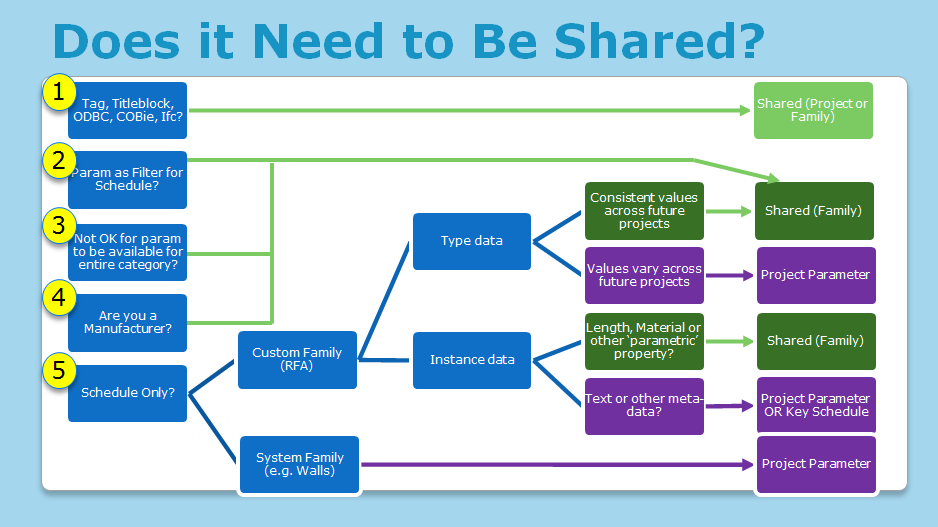 and Lehr, W. (1975) Inside the Family: Toward a Theory of Family Process. Jossey-Bass. Re-released in 2003 by Meredith Winter Press.
and Lehr, W. (1975) Inside the Family: Toward a Theory of Family Process. Jossey-Bass. Re-released in 2003 by Meredith Winter Press.
Kerr, Michael E. (September, 1988). Chronic anxiety and defining a self. Atlantic Monthly. pp. 35-38. https://www.endowedparishes.org/download_file/view/1561/
Tower, R. B. and Scarr, S. (1985-86). The measurement of three lifestyle values: Resourcefulness, responsibility and relationships to others. Imagination, cognition and personality, 5, 167-189. http://ica.sagepub.com/content/5/2/167.short
Chapter 27 Open and Closed Families . Psychological advice for lazy parents
Rigid or blurred boundaries within the family are determined by its way of life. Families are different. There are two extreme positions: closed and open.
A fixed family can be considered as a closed system. It includes only family members. Guests rarely come to such a house and only on a call, and guests mean a certain circle of people. Strangers are not allowed in the house. A closed family is an emotionally dependent family in which everyone is included in the interests of other family members. Emotional relationships in such a family can be compared to sticky sweets. When a child appears, all family members are actively involved in feelings about the newborn, and any of his life manifestations are so significant for all adults that the child turns into a kind of little god, around which the whole world revolves.
Strangers are not allowed in the house. A closed family is an emotionally dependent family in which everyone is included in the interests of other family members. Emotional relationships in such a family can be compared to sticky sweets. When a child appears, all family members are actively involved in feelings about the newborn, and any of his life manifestations are so significant for all adults that the child turns into a kind of little god, around which the whole world revolves.
Even the mood of the surrounding adults often depends on the mood of the baby and how he feels today. It's terrible when he gets sick! Then all the adults nearby also feel bad, perhaps even worse than the child himself. Such a family system, in which everyone is emotionally highly dependent on each other, and most of all on a newborn baby, has a bad effect on the psyche of the child, as it infects him with anxiety.
An open family is one where anyone can visit. In such a house, someone constantly spends the night: girlfriends, children of friends, sometimes even almost strangers.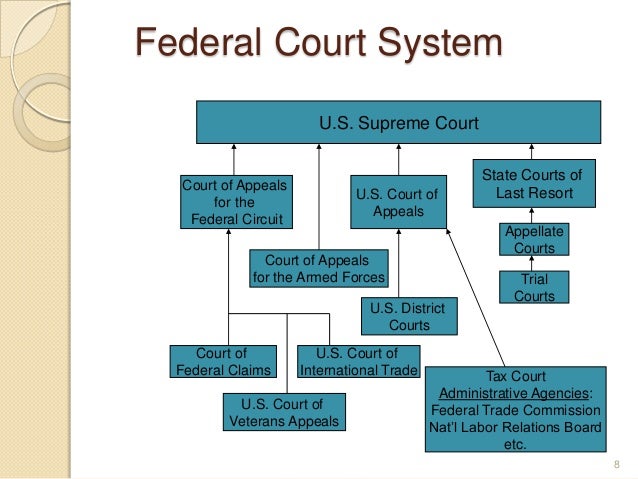 There are always so many strangers visiting that you don’t even understand who is who in such a family. There are no strictly defined obligations between adults. In such a family, the attitude towards children will be too calm - if a child is sick, then this does not particularly worry adults: "He will recover, nothing bad will happen to him."
There are always so many strangers visiting that you don’t even understand who is who in such a family. There are no strictly defined obligations between adults. In such a family, the attitude towards children will be too calm - if a child is sick, then this does not particularly worry adults: "He will recover, nothing bad will happen to him."
Does the baby have any problems? “Don’t worry, everyone has them!”
Parents are so indifferent to children's needs that children who later grow up bear the consequences of such an attitude. Such a family does not create warm emotional ties and close family relationships.
Psychologically, the best option is always somewhere between a closed family with rigid boundaries and an open (liberal) family. A family should have its own rules and boundaries. It is necessary that the child understands who is included in the circle of members of his family.
History from the practice of a psychologist
In psychology, there is a projective drawing test called "My Family".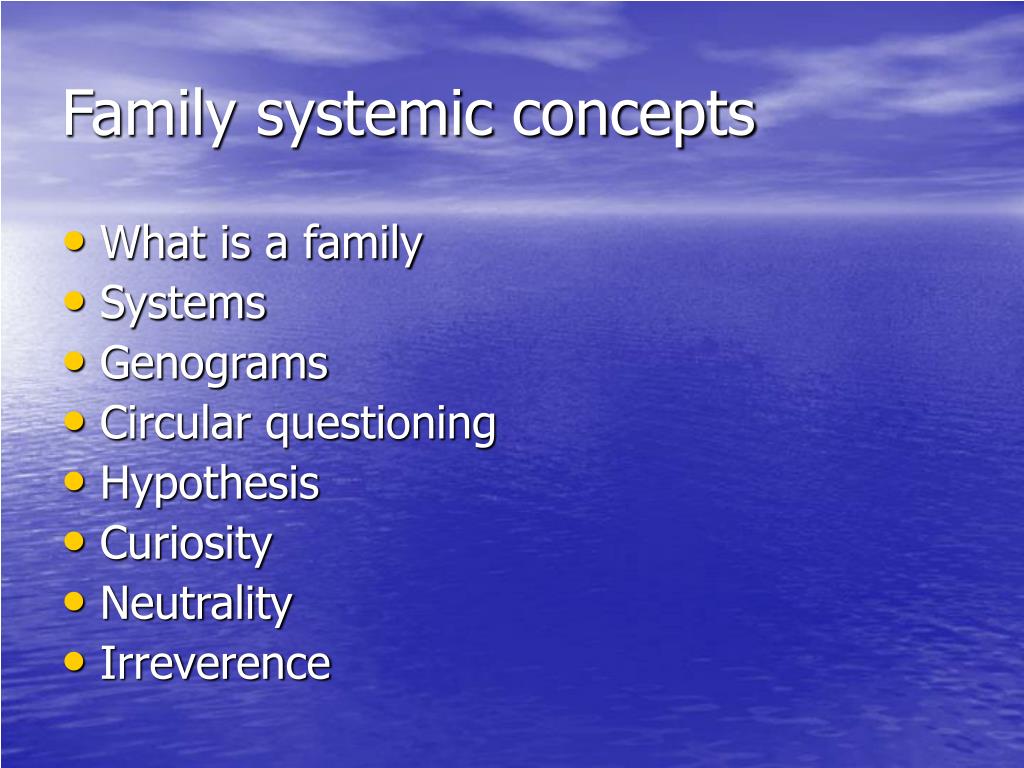 It shows the child's idea of his family well. At a consultation, five-year-old Zina, in response to an offer to draw her family, portrayed her mother and the dog, not including her father and grandmother in her family. This indicated that the child did not have an idea of the boundaries of the family. Dogs and other animals should not be included in the family. The child should correctly form the concept of "family".
It shows the child's idea of his family well. At a consultation, five-year-old Zina, in response to an offer to draw her family, portrayed her mother and the dog, not including her father and grandmother in her family. This indicated that the child did not have an idea of the boundaries of the family. Dogs and other animals should not be included in the family. The child should correctly form the concept of "family".
Sometimes a similar task is given to adults: a family circle is drawn on a piece of paper - "This is your family." And then you need to mark all family members with small circles and sign them. For many adults, such a task causes a certain misunderstanding. They ask: “Who is in my family?” It is proposed to do it the way they imagine it. Surprisingly, many people do not include themselves in the family, that is, they do not see themselves there. There are family boundaries, but they are not in this family. People observe the family from the outside or play an insignificant role in it.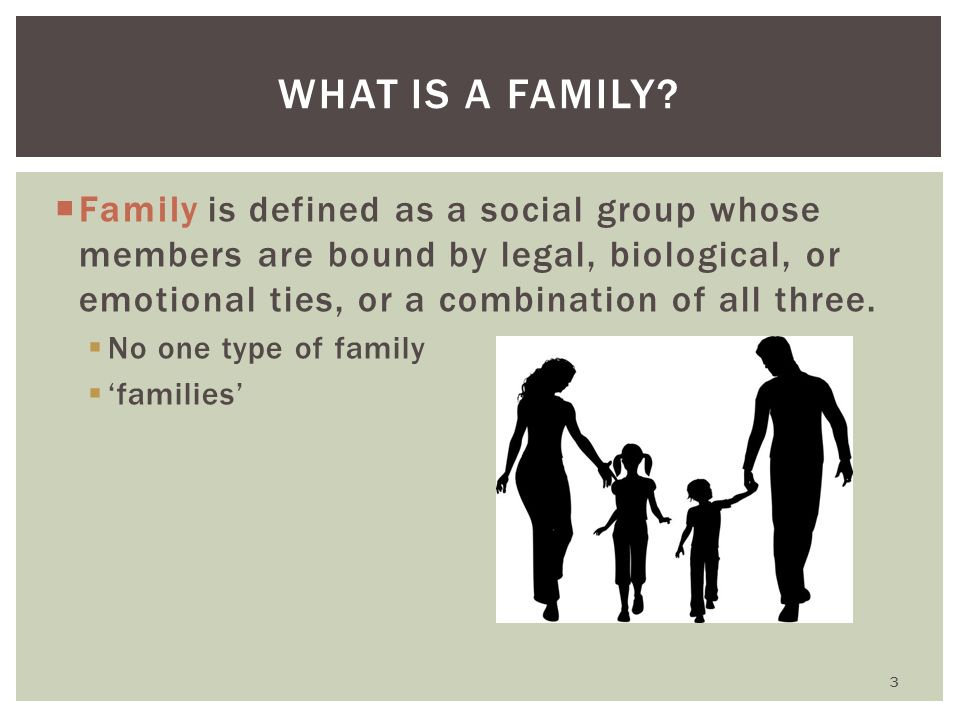 At the same time, just like children, adults can include absolutely strangers in their family.
At the same time, just like children, adults can include absolutely strangers in their family.
This is explained by the fact that if the boundaries of the family were not formed in childhood, then this persists into adulthood. If the parents do not have a concept of family boundaries, then the child will inherit the same. Most likely, both nannies and friends of parents who simply treat the child well, and uncles and aunts who once came to visit will appear in it. All these people the child can include in his family.
Family members are the closest relatives: mother, father, brothers and sisters, the child himself, who naturally enters the family. As for grandparents, aunts, uncles, cousins and sisters, we can say this: if children constantly communicate or live with these relatives, then these people can be part of the family circle.
Usually, when a family is closed, there are strict rules of conduct and the same strict distribution of responsibilities.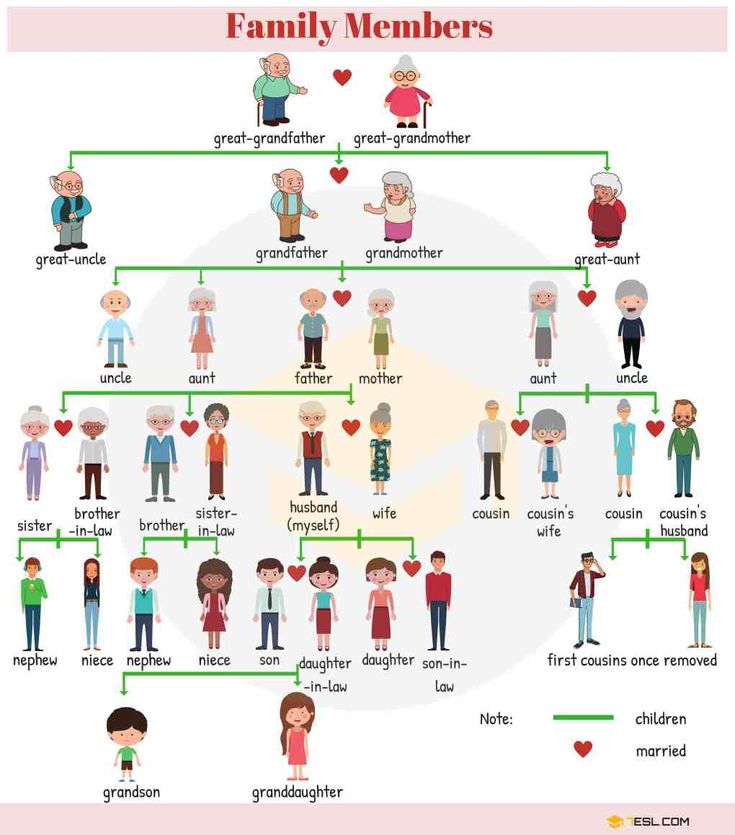 In psychological practice, there are many such families in which the father, for example, the military man, is the center of the family, and the mother is a housewife. Everything in it is focused on the father: dad has come, dad is tired, dad needs to rest. And the children are built into this system of honoring the father: the father must be respected, as the father said, it will be so, and, most importantly, the father cannot be argued with. If dad said: “Quickly sleep everything,” then you don’t even need to think, whether you like it or not, dad needs to rest.
In psychological practice, there are many such families in which the father, for example, the military man, is the center of the family, and the mother is a housewife. Everything in it is focused on the father: dad has come, dad is tired, dad needs to rest. And the children are built into this system of honoring the father: the father must be respected, as the father said, it will be so, and, most importantly, the father cannot be argued with. If dad said: “Quickly sleep everything,” then you don’t even need to think, whether you like it or not, dad needs to rest.
In such a family little attention is paid to the wishes of the child. At the same time, dad always broadcasts his own vision of life. He can speak the right words and instill generally accepted moral standards, teach to be good and kind, and do all this with an impressive voice, but at the same time treat his wife like a lower rank.
He can say: “Women must be respected, a woman must be at home. I am a man who earns money.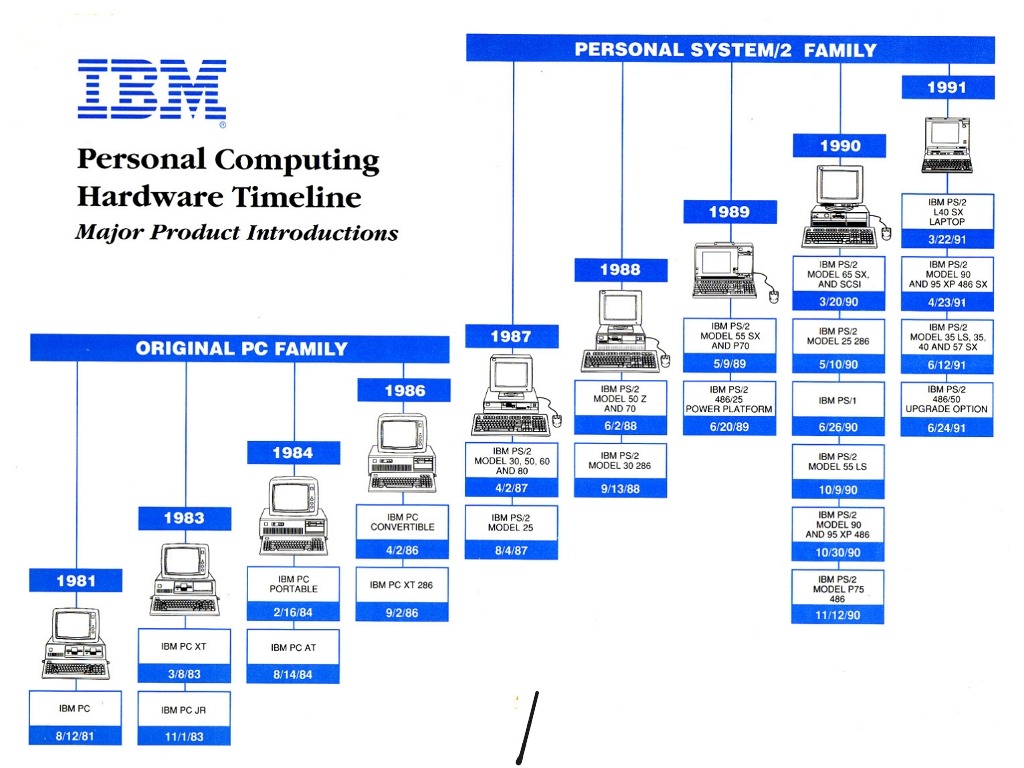 We men provide for our wives.”
We men provide for our wives.”
But he is not interested in her opinion, he decides everything himself, he does not consult with her and can say to her face: “Be quiet, woman! Don't argue with a man"
Living within the rigid boundaries of upbringing that exists in the family, the boy sees such an attitude towards his mother and learns that women should not be respected. And when he walks on the playground, goes to kindergarten, he allows himself to offend girls.
Even if a mother says that girls are just as important and significant as boys, and their opinion must be taken into account, her opinion will drown in the father's authority. If a girl grows up in such a family, then she takes the position of a mother and also believes that no one is interested in her opinion. She will stick to this position when she grows up. It's not even that she will listen to all men, she will generally be afraid of the opposite sex.
7.
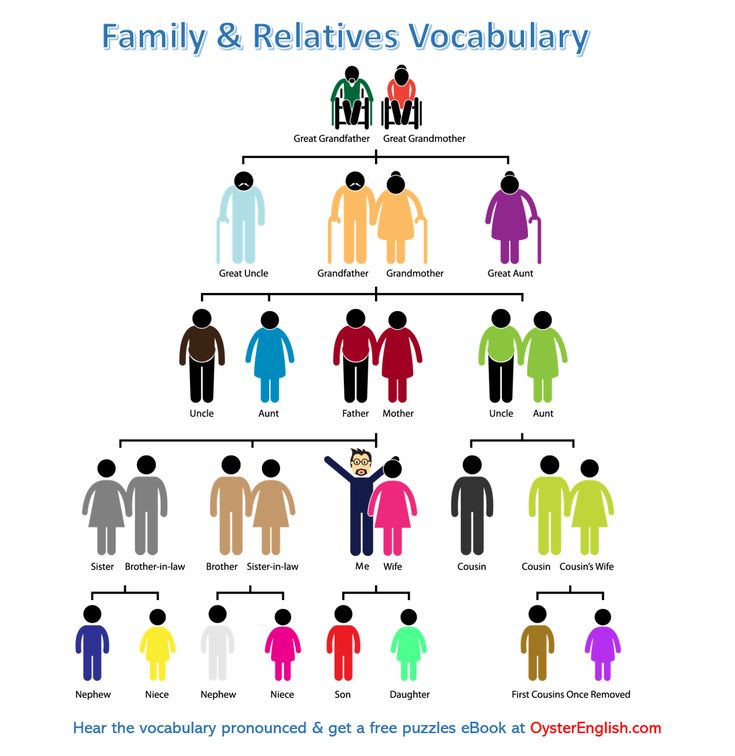 Systems: open and closed. You and Your Family: A Guide to Personal Growth
Systems: open and closed. You and Your Family: A Guide to Personal Growth 7. Systems: open and closed
In this chapter, I would like to talk about what you may think has little to do with your family and personality formation. But take your time. The concept of "system" is borrowed from the world of industry and commerce, but it is also an important, dynamic force that affects your life on a daily basis.
Any system consists of several separate parts that interact to achieve some result. Between these parts there are certain relationships, actions and reactions that are constantly changing. Each part is activated at a certain moment and, accordingly, affects other parts. I believe that it is these relationships, actions and reactions that play the main role in the life of the system. A system is alive only when all its components are active.
Sounds strange? This is not true. You take yeast, flour, water and sugar, mix them and get bread. Bread doesn't look like any of its ingredients, yet it contains them all.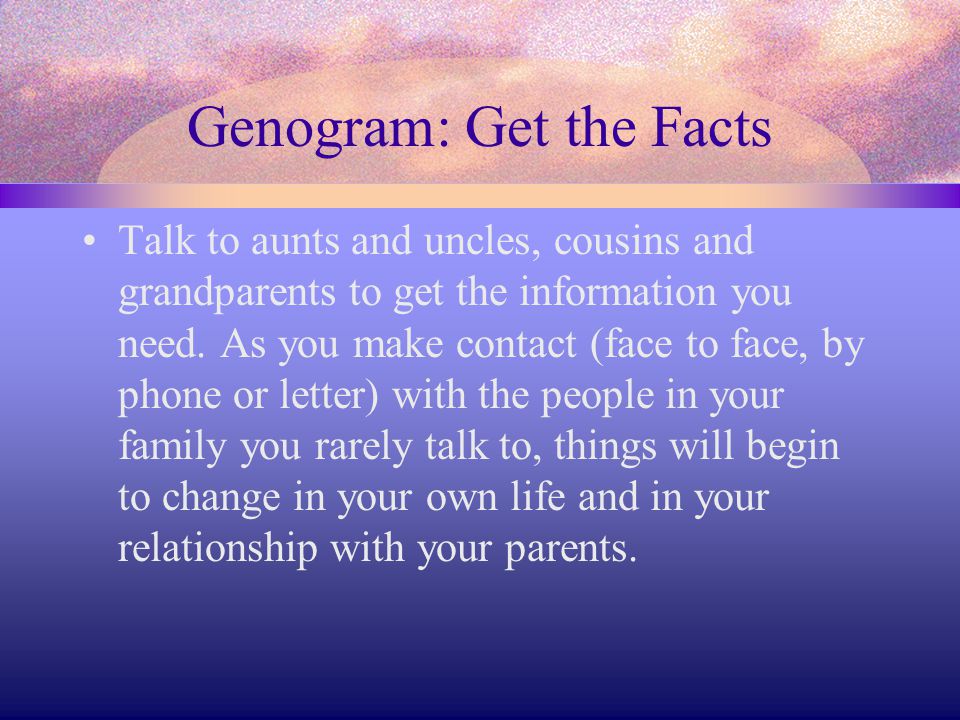 Steam is not like any of its components, but it is made up of them.
Steam is not like any of its components, but it is made up of them.
A working system consists of the following parts:
The goal that determines the existence of just such a system (in a family, the goal is to raise children and ensure their future life).
Main parts (in the family - adults and children, men and women).
How these systems work (in families this is determined by the rules, the communication model and the level of self-esteem).
Reference point of the system (in families - sexual relations between a man and a woman).
Means of maintaining energy in all parts of the system (in families - food, air, water, place of residence, activities and interaction of views on the intellectual, emotional, physical, social and spiritual life of family members).
Means of responding to changes from the outside (in families it comes down to relationships with everything new and outside that enters their lives).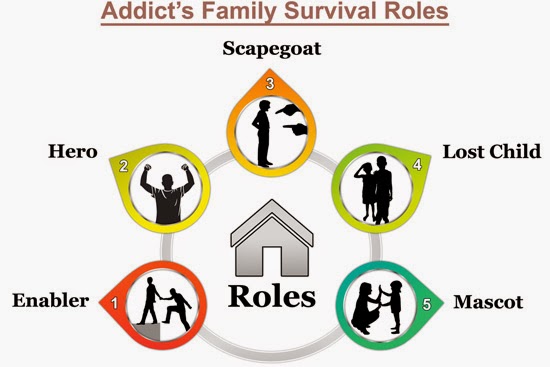
Today we hear a lot about the rejection of all kinds of systems. There is an opinion that the system is fundamentally bad. This is not entirely true. There are good systems and bad ones.
There are two types of systems: open and closed. The main difference between them lies in the way they respond to changes from the outside. An open system means change. A closed system provides for very small changes, and most often does not involve even such changes.
In an open system, there is always a choice, and it is constantly changing in order to exist more successfully.
The basis of a closed system is law and order, and it works with the help of force, both physical and psychological.
If someone wanted to create a closed system on purpose, his first step would be to protect the system from outside interference.
Actually, I don't see the point in deliberately creating a closed system. Closed systems evolve from a small but influential set of beliefs:
Basically, a person is bad, and you need to constantly control him so that he is good.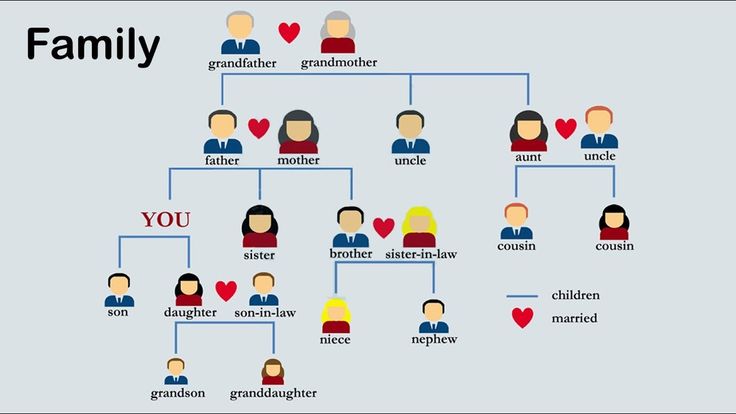
Relationships are established by force.
There is only one correct path, and only the strongest can pass it.
There is always someone who will tell you what is best for you.
In other words, in a closed system :
The feeling of self-esteem is secondary compared to power and the fulfillment of its will.
All actions depend on the wishes of the boss.
Any change is something to be resisted.
In an open system :
Self-assessment is primary, and power and its execution depend on it.
Actions are reflections of reality.
All changes are welcomed and accepted as the norm.
Everything is interconnected - communication model, system and family rules.
Almost all of our social systems are closed or almost closed. Of course, there is always room for tiny changes, and that is what keeps systems alive today.
Today, the influence of systems on personal, family and social life is becoming more and more noticeable.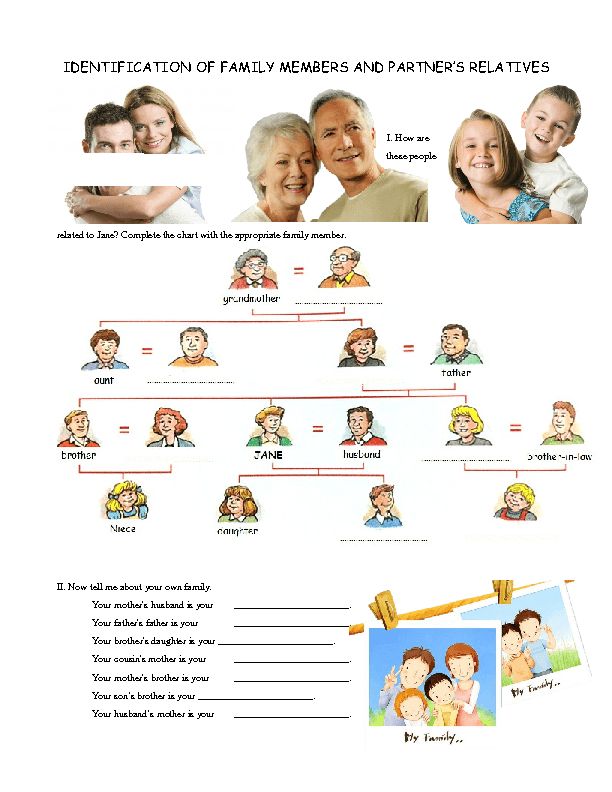
And now we come to the eternal philosophical question. Do you believe that human life is the most important value? I believe in this with all my being and therefore I am not afraid to say that I am ready to do absolutely everything to replace closed systems with open ones. I am sure that a person cannot develop normally in a closed system, he can only exist in it, and a human being needs more than mere existence.
The most striking examples of closed systems are the dictates of everyday and social life (schools, prisons, churches and political groups). What is the system in your family? Open or closed? If communication takes place according to one of the models that cripple self-esteem, the rules by which you live are inhuman, cruel and out of date, then your system is probably closed. If communication in your family promotes self-esteem, and the rules are humane and flexible, you have an open system.
Let's repeat the exercises we did before, but change the goal.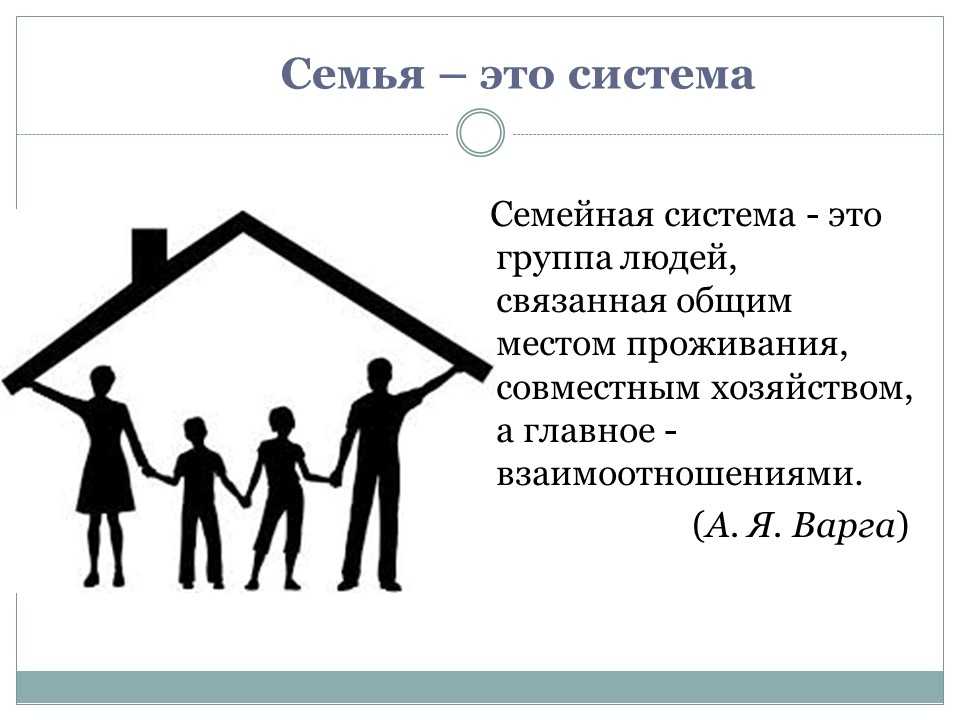 Ask your family members or any other five people to work with you. As before, come up with other names for yourself. Ask your partners to take on one of the four unchanging communication patterns (peaceful, blaming, calculating, and distracting) and try to plan something for 10 minutes. See how quickly a closed system begins to show itself. Previously, you did this exercise with three of you in order to understand what is happening to each of you. This time you will see how closed systems develop. Your back and head may hurt, you will see and hear worse. You will most likely feel like you are in an enclosed space. People will seem strange and boring to you. You may start to choke.
Ask your family members or any other five people to work with you. As before, come up with other names for yourself. Ask your partners to take on one of the four unchanging communication patterns (peaceful, blaming, calculating, and distracting) and try to plan something for 10 minutes. See how quickly a closed system begins to show itself. Previously, you did this exercise with three of you in order to understand what is happening to each of you. This time you will see how closed systems develop. Your back and head may hurt, you will see and hear worse. You will most likely feel like you are in an enclosed space. People will seem strange and boring to you. You may start to choke.
Now run the same experiment again, but with flexible behavior, and see if there's a hint of an open system. You may feel more at ease than during the previous experiment, your physical condition may improve, it will become easier for you to breathe.
The chart below will show you how the closed system works in dysfunctional families and the open system in successful families.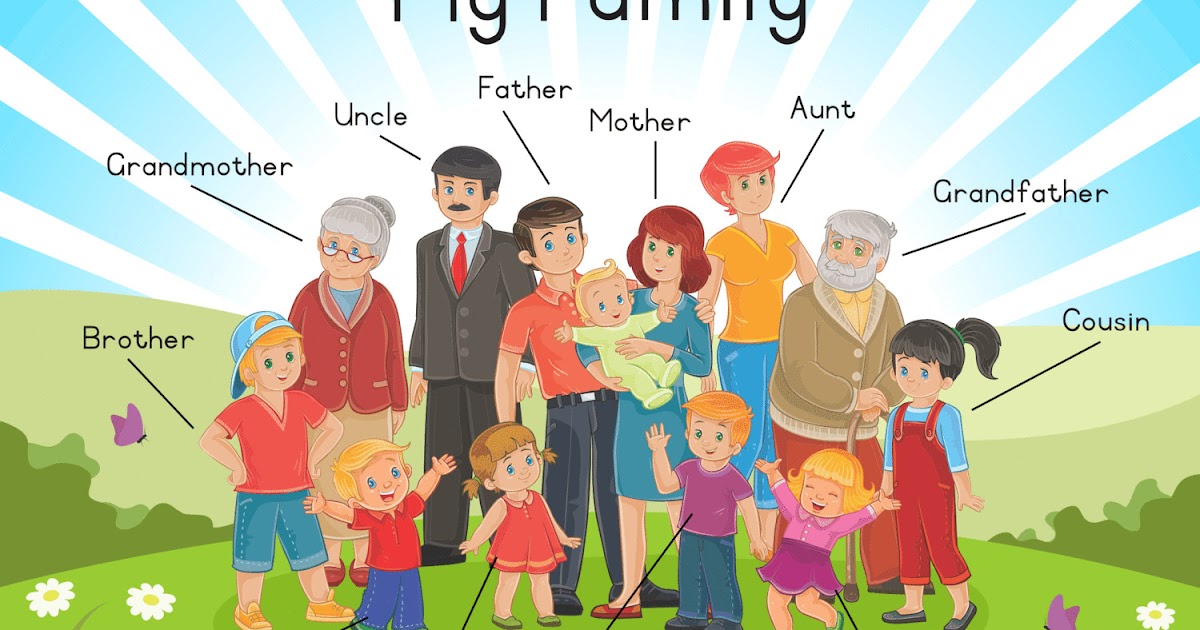
Closed system
Open system
The system is built from the moment when three people come together with a common goal. The system works as soon as it appears, and this happens all the time, although not always noticeable. If this is a closed system, then the ratio of its coordinates is as follows: good - bad, life - death . If the system is open, then relations will be built on the level of frankness, giving the opportunity for development.
Simply put: your self-esteem, communication, along with rules and beliefs, are the components of your system . A balanced model of communication and human rules characterize an open system and development conditions for each person. Destructive communication patterns and inhumane (inhumane) rules are characteristic of a closed system and call into question the existence of development opportunities.
When people become aware of the system in their family, they take on the role of a researcher and stop blaming themselves and others for things going wrong.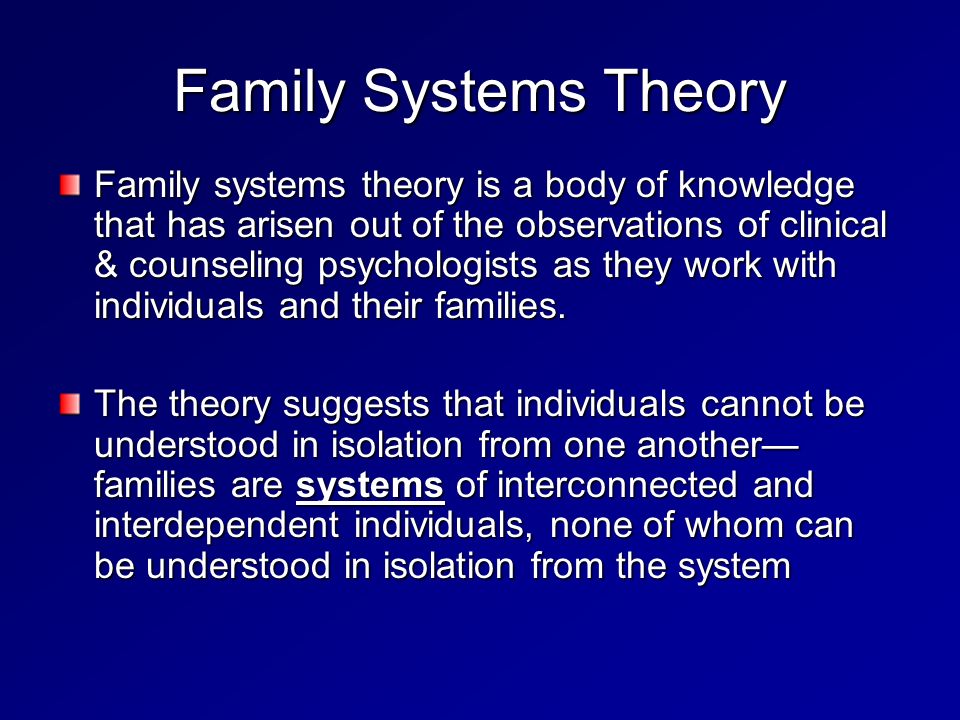 It also helps people understand that only they and other participants in the system can influence what happens in it. Sometimes, of course, it is not entirely pleasant to realize that you and those around you play a very specific role in the system.
It also helps people understand that only they and other participants in the system can influence what happens in it. Sometimes, of course, it is not entirely pleasant to realize that you and those around you play a very specific role in the system.
Knowing the system helps people ask "how?" instead of "why?". You yourself understand how to try to ask the question "why?" so that it does not sound like an accusation, but the question "how?" - make it incriminating. Summing up, it can be noted that the questions “how?” give information and understanding, and the questions “why?” most often offended. Anything that offends leads to low self-esteem and eventually to potentially unsatisfactory results.
Another important part of any system is that it begins to work for self-preservation as soon as its parts, the system, are determined. Once formed, the system will persist until it dies a natural death or something helps it from outside. Any element of the system can be damaged by lack of care, by the presence of some kind of defect, or the entire system can be catastrophic.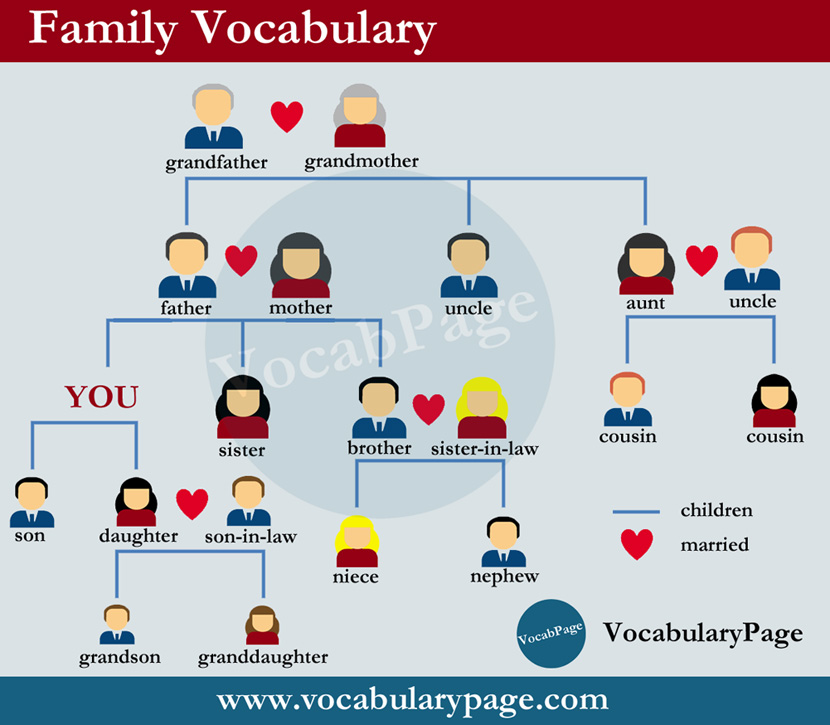 Even a minor event can destroy a system, in which case its creators either overlooked or did not foresee any changes. In the family, this is called flexibility. Clearly, closed systems will be in constant danger because they are man-made and not designed to change. How important the system is to the family group can be easily seen by observing the influence of the type of system on family life.
Even a minor event can destroy a system, in which case its creators either overlooked or did not foresee any changes. In the family, this is called flexibility. Clearly, closed systems will be in constant danger because they are man-made and not designed to change. How important the system is to the family group can be easily seen by observing the influence of the type of system on family life.
Let's look at the family system from a different perspective. Perhaps such a comparison will be closer to you.
All parts of the balance, regardless of their type or shape, can be adjusted by shortening or lengthening the arms, changing the distance between objects or changing their weight. The same can be found in the family. None of the family members is similar to the other, they are all different and are at different levels of development. And you cannot, by analogy with the scales, do anything without thinking about others.
Take a few objects of any kind that are different and imagine that they are members of your family.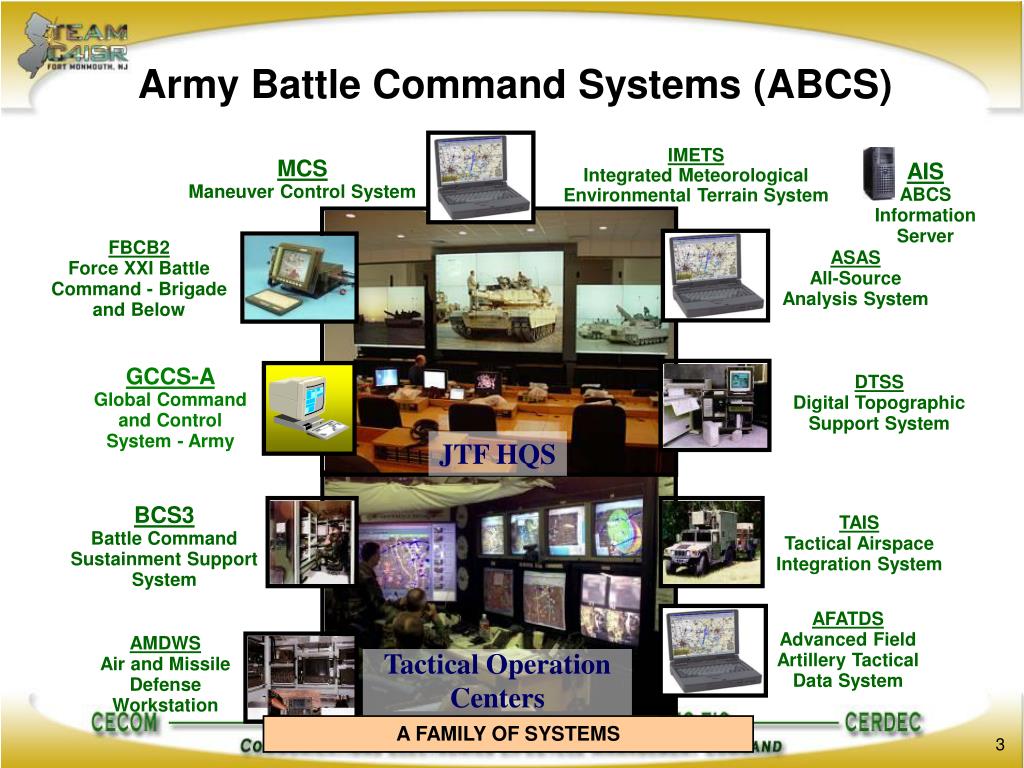 Try to balance them. There should be as many items as there are people in your family.
Try to balance them. There should be as many items as there are people in your family.
If you were satisfied with the first balance you found, you did what many do - go along familiar paths and resist all other ways to improve the situation in the family because of the fear of any kind of experiments.
So do not fall into this trap, but rather find at least two more options for balancing. Of course, besides them, there are many more options, but you have already found three of them. When you have three options at your disposal, you do not need to cling to the first one that comes across.
The more items on your scale, the greater the difference between them and the more varied and interesting the work.
The essence of creating a viable family is to enable all family members to take their own place and enjoy life. Whether you can accomplish this task depends on your ability to use the levers that are your feelings of self-worth, communication patterns, and rules.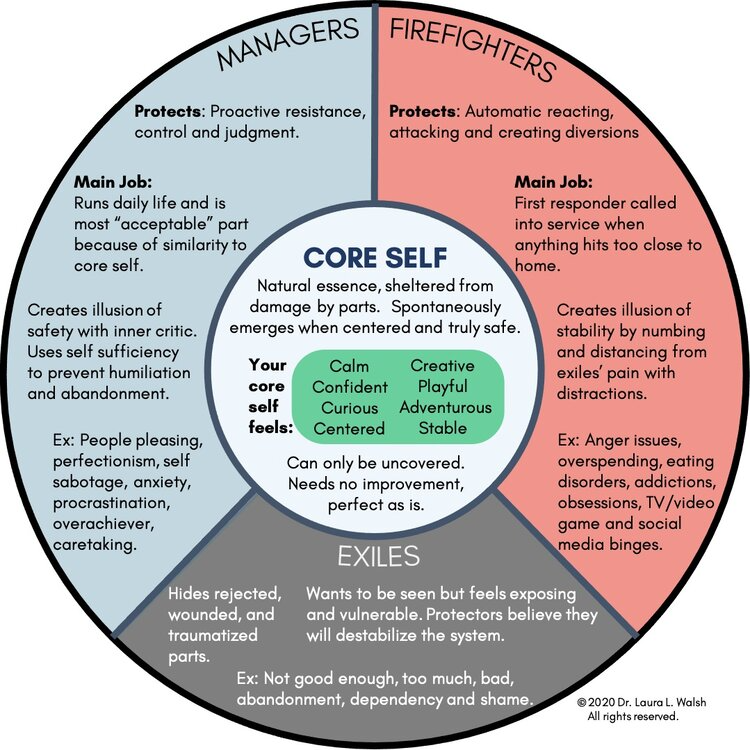
While you work with the scales, think about the parts of your family. They can be divided into two main categories: children and adults, men and women. Even the most cursory glance at this problem gives an idea of how much we can get from each other at any given time.
There is no such rule that says that one must give and the rest receive. But many families destroy themselves by choosing one particular person and assigning him the role of giver and not allowing change. But real life is such that even if someone agrees to such a role, he still cannot do it always for free. Sometimes the giver may be the husband, sometimes the wife, and sometimes one of the children.
Many families have special rules about who must yield to whom: Boys must yield to girls. Mother to children. Husbands to children.
In the end, every member of the family feels betrayed.
I think everyone will agree that the result of family interaction should be personal growth. The task of the family is to use all its components for this purpose.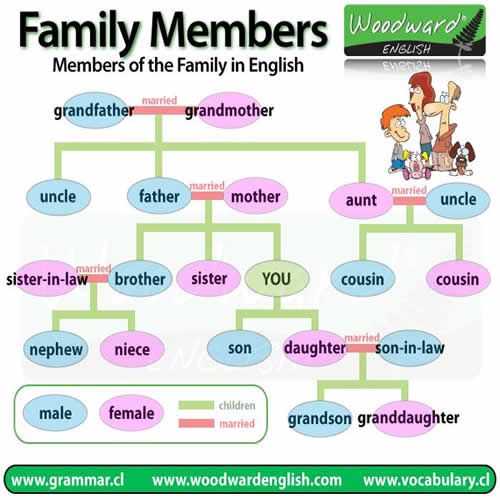
How can parents help children grow? How can children help their parents in this case? How can men and women help each other move along the path of growth? These are the most important questions for a family that is trying to become more harmonious.
I think that the biggest mistake is that all members of the same group in the family have their own problems and their own inner world, which they do not want to share with others. In turn, the other group is unaware of it. By sharing your inner world with each other, you not only add variety to your relationships and make them more interesting, but also get a brighter picture of what is happening. No woman will ever understand truly male problems, and no man will ever know what it means to bear a child. Adults have already forgotten what it means to enjoy life. A simple exchange of impressions can be very helpful in understanding each other.
All families are in this or that equilibrium. The question is, at what price does this balance go to each member of the family.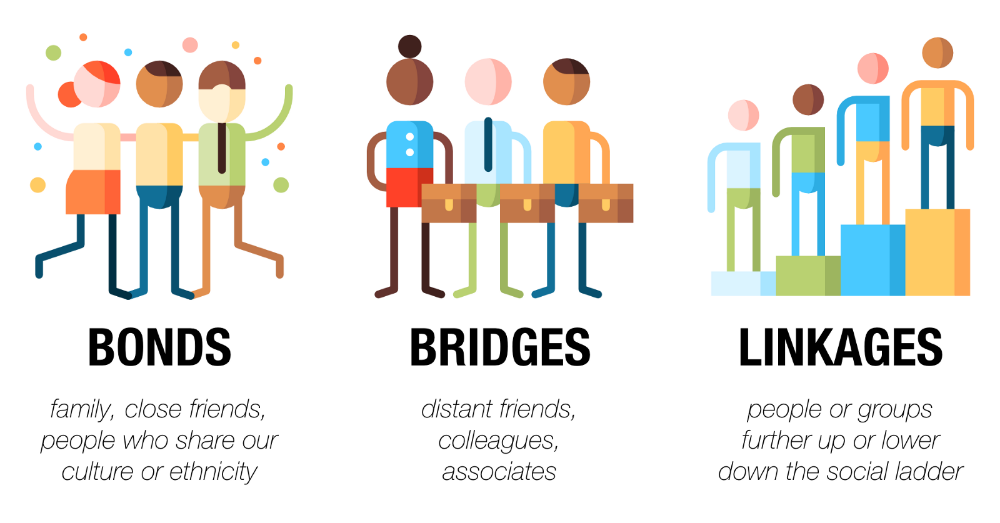
I think it again depends on the system that exists in your family. Family is the only place on earth where we all seek harmony. By the word "harmony" I mean soothing the wounded soul, increasing self-esteem and inspiration for further action.
The family is also a place where one can learn harmony and personal growth. To achieve these goals and make the family truly alive, it is necessary that it be in constant search, not be afraid of change and constantly change. This can only happen in open systems.
Open circuits
Open cycles OpenedThemeChangeClosed
77. OPEN SYSTEMS FOR INTENSIVE LEARNING
77. OPEN SYSTEMS OF INTENSIVE LEARNING In this question, we will consider open systems of intensive learning. At the heart of intensive learning are innovative technologies, which should be seen as a tool with which new technology can
Open and closed systems
Open and closed systems It seems to us that we have a good idea of what a system is, we can single it out, define it and describe it in detail. But isn't this a delusion? Take, for example, the digestive system. We can easily think of how nutrients
But isn't this a delusion? Take, for example, the digestive system. We can easily think of how nutrients
Closed questions
Closed questions Who? When? Where? Which? Closed questions are built on the principle of "true - false" or on the principle of multiple choice. That is, they require a one-word answer. For example: “Where were you born?”, “Did you go to work at 9:00?”, “Can you play the violin?” Closed
Closed Positions
Closed Positions When it is required to establish a relationship of ownership or intimacy, the angle between the bodies decreases to zero degrees. A man who wants to captivate a woman uses this trick along with other courtship techniques. He doesn't just turn his body to
What closed eyes say
What do closed eyes say? When you close your eyes, you are “closing up”, that is, you are trying to isolate yourself from reality.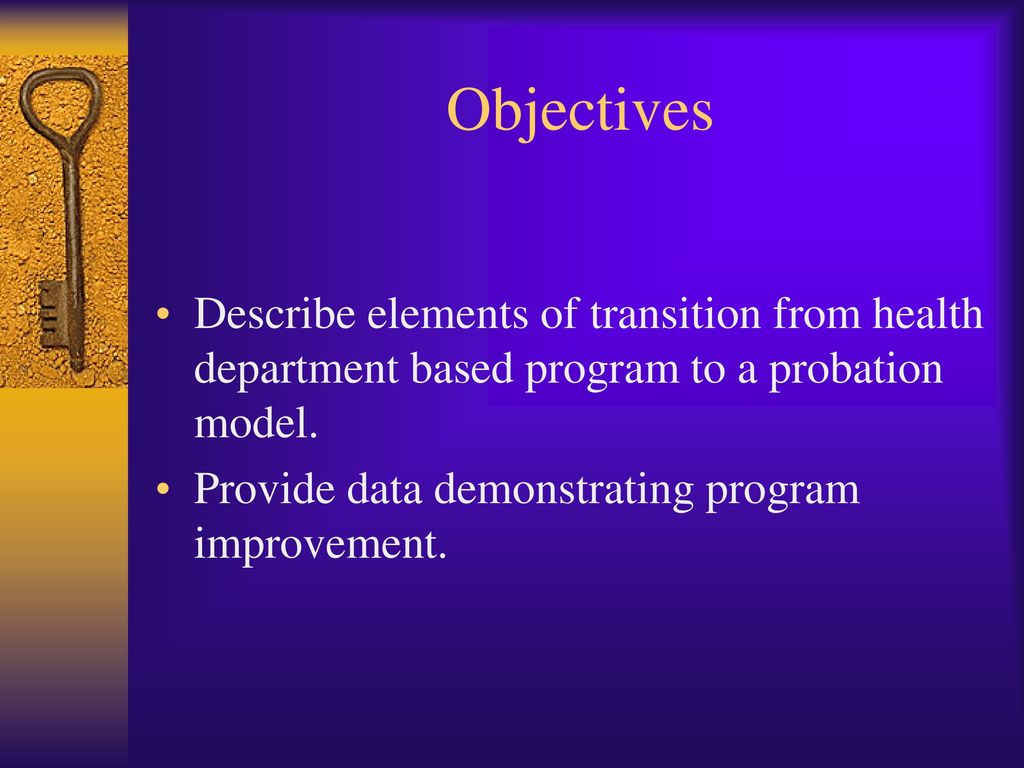 You need to move away external stimuli. You stop sending signals and you yourself no longer want to receive them. The reasons for this may be
You need to move away external stimuli. You stop sending signals and you yourself no longer want to receive them. The reasons for this may be
5. Open and closed conversations
5. Open and closed conversations Do you know that there are open and closed conversations? This does not mean that some conversations are strictly confidential and kept secret, while others are public. The type of conversation depends on its nature, direction and result. Between open
Closed conversations: limitations and inertia
Closed Conversations: Limitations and Inertia Like fear, which is associated with narrowness and closeness, and love, which is characterized by openness and flexibility, some conversations are closed and inert. Closed conversation no results
7.2.2. Closed brain injury
7.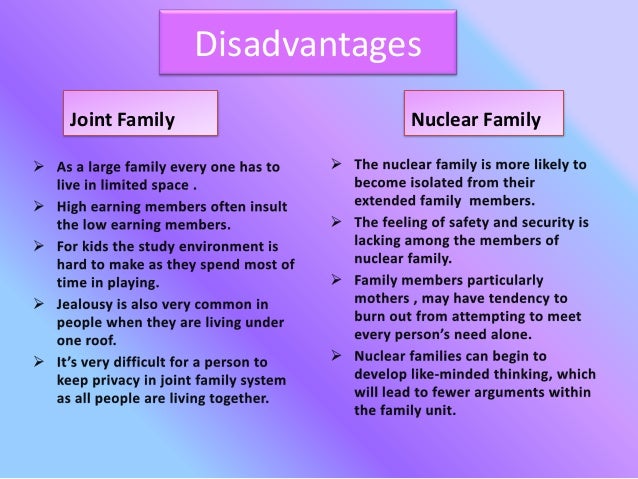 2.2. Closed brain injury Closed brain injuries (BTM) are mechanical damage to the brain, its membranes and blood vessels, as well as the bones and soft tissues of the skull, with the obligatory integrity of the dura mater. Intracranial cavity and
2.2. Closed brain injury Closed brain injuries (BTM) are mechanical damage to the brain, its membranes and blood vessels, as well as the bones and soft tissues of the skull, with the obligatory integrity of the dura mater. Intracranial cavity and
7.3.1. Closed TBI with air blast
7.3.1. Closed TBI with an air blast wave Closed TBI from an air blast wave (during the rupture of air bombs, shells, mines, etc.) arise both from its direct (mechanical) impact, which is compared with a sudden blow to the surface of the whole body (flat),
Public materials?
Open materials? We may not have thought that children of all ages and countries love blocks. But we know for sure that a three-year-old and a six-year-old child will play with them in a strikingly different way. The first one needs cubes to stack them in a row. The second one knows for sure that
The second one knows for sure that
Closed questions
Closed questions The positive goals of closed questions, on the contrary, are the desire to limit the eloquence of the interlocutor, to clarify a fact, to focus on a separate statement. Negative goals of closed questions include desire with the help of question
Interpretive (closed) questions
Interpretive (closed) questions Such questions require clarifications, explanations, as well as agreement with the interpretation of the facts or the version given by the interlocutor. In this case, the participant in the conversation must summarize: confirm or refute something, or
Closed interests
Closed interests We will interpret this term in our own way. These are rare interests and hobbies that most people do not pursue.